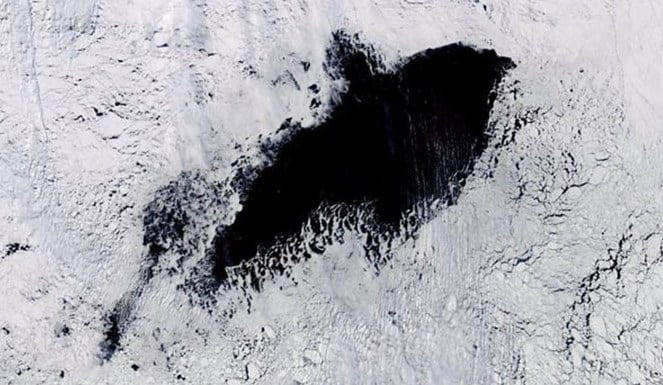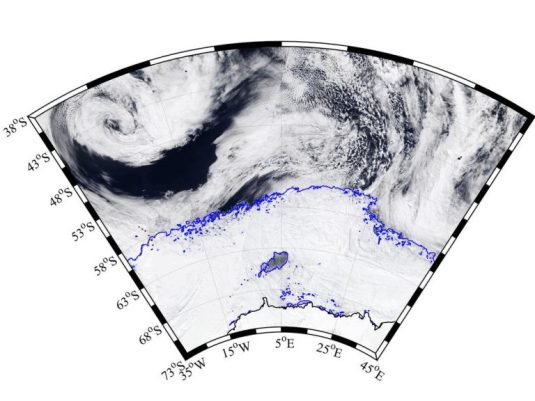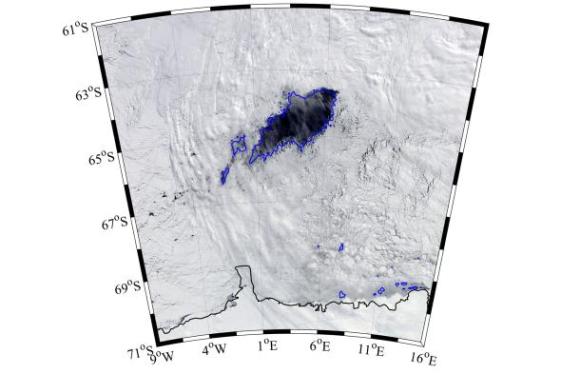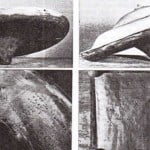
A massive hole in Antarctica appeared all of the sudden and the story behind it still remains unexplained. Apparently, this hole is big as the state of Maine.
Kent Monroe, an atmospheric physicist at the University of Toronto described this event as ‘quite remarkable’. The massive hole in Antarctica looks like you just hit a hole in the icy structure.
What is polynya?
Polynya is an area of open water, surrounded by sea ice. It also could mean an unfrozen area inside an icy square.
The word polynya is a Russian word for a natural ice hole. Polar researchers used it in the past to explain the open areas of oceans.
Polynyas use to develop in the coastal areas of Antarctica; however, this one is ‘deep in the ice park’.
Mr. Moore says this particular massive hole in Antarctica wasn’t formed in a way that humankind is yet aware of.

“This is hundreds of kilometers from the ice edge. If we didn’t have a satellite, we wouldn’t know it was there,” said Moore.
And certainly, he is right. If humankind didn’t have the nowadays technology, it wouldn’t be able to spot such circumstances.
Nevertheless, the data we collect is can only be utilized if we find a way to understand its point.
The hole in Antarctica measures around 80,000 km2 and it could last for years, just like the Weddell Polynya (1974-1976).
However, ever since then, the technology had made great improvements. We have hope that soon it will able to give us an understanding of this occurrence.
Furthermore, polynyas can freeze for years and then re-open again, which seems to be the matter of this event.
So, the logical first explanation for this hole in Antarctica would be the human-provoked climate change. However, Mr. Moore said that it early to draw such big conclusions so quickly.

The polynya will surely have an effect on the sea. According to Moore, “Once the sea ice melts back, you have this huge temperature contrast between the ocean and the atmosphere, it can start driving convection.”
Moore describes how this cold water drops to the bottom of the sea, where warmer water increases to the surface, which can keep the polynya open once it starts.
He is currently using satellites and ocean robots in order to complete his research and solve the unanswered questions.









